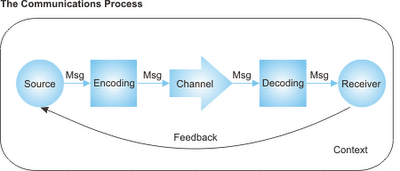English Creoles are vibrant and diverse languages that have evolved from the fusion of English with various African, indigenous, and other linguistic influences. One fascinating aspect of these Creoles is the concept of the Creole Continuum, which encompasses a range of linguistic varieties, from the most similar to standard English (acrolect) to the most divergent (basilect). Understanding this continuum offers insight into the rich linguistic tapestry of English Creoles and their importance in cultural identity.
The Creole Continuum
At the heart of the Creole Continuum lies the idea that within a single Creole language, there exists a spectrum of linguistic forms, each with its own characteristics and usage.
Acrolect
At one end of the continuum is the acrolect, which closely resembles standard English in vocabulary, grammar, and pronunciation. Speakers of the acrolect may code-switch between their Creole and standard English, depending on the context.
Mesolect
Moving along the continuum, we encounter mesolectal varieties, which exhibit a blend of Creole and standard English features. These forms may include some Creole vocabulary and grammatical structures while maintaining overall intelligibility with speakers of the acrolect.
Basilect
Finally, at the other end of the continuum lies the basilect, characterized by its maximal divergence from standard English. Bassilectal varieties often feature extensive lexical innovation, distinct grammatical patterns, and phonological differences that may challenge comprehension for speakers of the acrolect.
Example of the Creole Continuum
Let's take Jamaican Creole (also known as Jamaican Patois) as an example to illustrate the Creole Continuum. In its acrolectal form, Jamaican Creole may be spoken by individuals in formal settings or those who have had more exposure to standard English education. The acrolectal speaker might say, "Good morning, how you do?" which closely resembles standard English.
As we move towards the mesolect, we might hear a speaker say, "Wa gwaan, yuh good?" This version retains some English vocabulary ("good") but incorporates Creole features such as "wa gwaan" (what's going on) and "yuh" (you).
Finally, in the basilectal form, we might hear someone say, "Wa, gwaan?", "Wa yuh deh pon?", "Wa, gallang?" or "Wah di pree?" Here, we see further divergence from standard English with phrases like "wha'appen" (what happened) and "yuh good", showcasing the creativity and uniqueness of the basilect.
Significance of the Creole Continuum
Understanding the Creole Continuum is essential for appreciating the linguistic diversity and cultural heritage embedded within English Creoles. It challenges the notion of a monolithic "standard" language and celebrates the richness of linguistic variation within Creole-speaking communities.
Furthermore, the Creole Continuum serves as a tool for identity expression, allowing speakers to navigate their linguistic repertoires based on social context, audience, and personal preferences. Whether speaking the acrolect at work, the mesolect with friends, or the basilect at home, individuals can fluidly adapt their language to suit different communicative needs.
Conclusion
In conclusion, the Creole Continuum offers a fascinating glimpse into the dynamic nature of English Creoles and the diverse linguistic landscapes they encompass. By exploring the continuum, we gain insights into the complex interplay between language, culture, and identity, highlighting the resilience and creativity of Creole-speaking communities worldwide. Embracing the Creole Continuum encourages us to celebrate linguistic diversity and recognize the value of every linguistic expression along the spectrum.



